IC Package Picture Daquan

Noun Interpretation

COF (Chip On Flex, or Chip On Film)
COF is a packaging technology where an IC is mounted on a flexible film structure of a flexible circuit board. It involves bonding the chip directly to the flexible substrate using a soft additional circuit board as a carrier. This method is widely used in applications requiring high flexibility and space efficiency.
COG (Chip on Glass)
COG refers to the process of directly bonding a chip to a glass substrate. This technique is commonly used in LCD modules to reduce the overall size and improve mass production efficiency. It's particularly popular in consumer electronics such as mobile phones and PDAs.
DIP (Dual In-line Package)
DIP is a through-hole package with leads extending from both sides of the package. It is available in plastic and ceramic materials. The standard pin pitch is 2.54mm, with pin counts ranging from 6 to 64. DIP packages are widely used for standard logic ICs, memory LSIs, and microcomputer circuits.
PDIP
PDIP stands for Plastic Dual In-line Package. It’s a common type of DIP package made from plastic materials, offering cost-effective solutions for various electronic components.

SDIP (Shrink Dual In-line Package)
SDIP is a smaller version of DIP with a reduced pin center distance of 1.778mm. It is often referred to as SH-DIP and is suitable for applications requiring more compact designs. Available in both ceramic and plastic materials.
SKDIP/SKY (Skinny Dual In-line Packages)
These are narrow-body DIP packages with a width of 7.62mm and a pin center distance of 2.54mm. They are typically grouped under the general DIP category due to their similar design and functionality.
DIP-tab
A variation of the DIP package that includes a tab for improved thermal management and mechanical stability. Often used in high-power applications.
CDIP
CDIP stands for Ceramic Dual In-line Package. These are used in high-reliability applications where environmental resistance and performance are critical.

DICP (Dual Tape Carrier Package)
DICP is a type of tape carrier package where leads are fabricated on an insulating tape and drawn out from both sides. It is known for its thin profile and is commonly used in LCD driver LSIs. It is also called DTP in Japan according to EIAJ standards.

DIC (Dual In-line Ceramic Package)
DIC is another term for ceramic DIP, which may include glass-sealed versions. It's often used in high-performance and high-reliability applications.
SIP (Single In-line Package)
SIP is a single-in-line package where the leads are drawn from one side of the package and arranged in a straight line. It is commonly used in custom designs and has a lead center distance of 2.54mm with pin counts ranging from 2 to 23.
SOP (Small Outline Packages)
SOP is a small outline package designed for surface mount technology. It offers a smaller footprint compared to DIP and is widely used in modern electronics.

SSOP (Shrink Small-Outline Package)
SSOP is a smaller variant of SOP with a narrower pitch, developed by Philips in the late 1960s. It is ideal for high-density applications and is used in various integrated circuits.
TSOP (Thin Small Outline Package)
TSOP is a thin, small-outline package used primarily for memory chips. It features pins around the chip and is mounted on PCBs using SMT technology.
TSSOP (Thin Shrink Small Outline Package)
TSSOP is a thinner version of TSOP with even denser pin arrangements and a smaller form factor. It is suitable for high-pin-count applications while maintaining a compact size.
HSOP (Head Sink Small Outline Packages)
HSOP is a heat-sink-equipped version of SOP, used in applications where thermal management is essential. It helps dissipate heat more effectively than standard SOP packages.

DFP (Dual Flat Package)
DFP is another name for SOP, characterized by flat leads on both sides. Though less commonly used now, it was once a popular choice for surface-mount applications.
DSO (Dual Small Out-lint)
DSO is another term for SOP, used by some semiconductor manufacturers. It refers to a dual-sided pin small outline package.
MFP (Mini Flat Package)
MFP is a small flat package, often used interchangeably with plastic SOP or SSOP. It is favored for its compact design and ease of integration.
SO (Small Out-Line)
SO is another name for SOP, commonly used in the industry to describe a small outline package with a flat form factor.

SOIC (Small Out-Line Integrated Circuit)
SOIC is a surface-mount package that is essentially the same as SOP. It is widely used in international markets for integrated circuits.
SOJ (Small Out-Line J-Leaded Package)
SOJ is a surface-mount package with J-shaped leads. It is commonly used in DRAM and SRAM circuits, often found in SIMM modules. The pin center distance is 1.27mm with pin counts ranging from 20 to 40.
SOT (Small Outline Transistor)
SOT is a small outline transistor package, part of the SOP series. It is used for discrete transistors and small ICs, offering a compact solution for high-frequency applications.
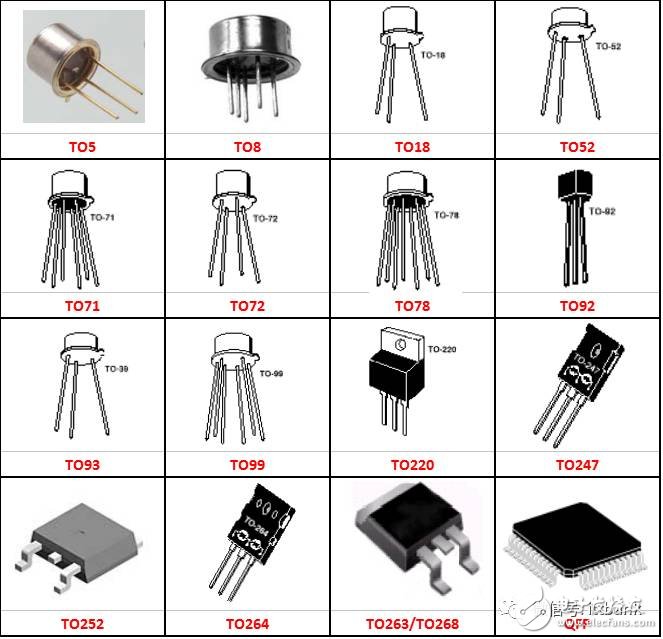
TO (Transistor Outline)
TO is a traditional transistor package used for power transistors and other discrete components. It is available in various configurations, including TO-92, TO-220, and TO-3.
QFP (Quad Flat Package)
QFP is a four-sided flat package with gullwing-style leads. It is widely used for multi-pin LSIs and can be made from ceramic, metal, or plastic. Plastic QFP is the most common, with pin pitches ranging from 1.0mm to 0.3mm.

LQFP (Low Profile Quad Flat Package)
LQFP is a thin version of QFP with a body thickness of 1.4mm. It is defined by the Japan Electromechanical Industry Association and is used in high-density applications.
MQFP (Metric Quad Flat Package)
MQFP is a QFP variant standardized by JEDEC, featuring a 0.65mm pin center distance and a body thickness of 3.8mm to 2.0mm. It is used in a wide range of digital and analog LSI applications.
TQFP (Thin Quad FLat Packages)
TQFP is a thin plastic QFP package with a body thickness of 1.0mm. It is suitable for high-speed and high-density applications where space is limited.
SQFP (Shorten Quad FLat Packages)
SQFP refers to QFPs with a reduced pin pitch, making them ideal for high-pin-count applications. It is sometimes used interchangeably with FQFP.

BQFP (Quad Flat Package with Bumper)
BQFP is a QFP package with protrusions at the corners to prevent lead bending during shipping. It is used in microprocessor and ASIC applications, with a pin center distance of 0.635mm and pin counts from 84 to 196.
PQFP (Plastic Quad Flat Package)
PQFP is a plastic QFP package used in a wide range of surface-mount applications. It is known for its reliability and cost-effectiveness.
FQFP (Fine Pitch Quad Flat Package)
FQFP refers to QFPs with a fine pitch, typically less than 0.65mm. It is used in high-density and high-speed applications where space is limited.
PFPF (Plastic Flat Package)
PFPF is another name for plastic QFP, used by some LSI manufacturers. It offers a cost-effective solution for surface-mount applications.

QFN (Quad Flat Non-leaded Package)
QFN is a leadless package with contacts on all four sides. It is also known as LCC and is used in high-speed and high-frequency applications. It offers a smaller footprint and lower height compared to QFP.
LCC (Leadless Chip Carrier)
LCC is a leadless chip carrier used for high-speed and high-frequency ICs. It is also known as ceramic QFN or QFN-C and is suitable for advanced electronic applications.
PLCC (Plastic Leaded Chip Carrier)
PLCC is a plastic chip carrier with T-shaped leads. It is used in logic LSIs and DLDs, offering easier handling and soldering compared to QFP. It is often used in DRAM and microcontroller applications.
CLCC (Ceramic Leaded Chip Carrier)
CLCC is a ceramic chip carrier with T-shaped leads. It is used in UV-erasing EPROMs and microcomputer circuits, offering higher reliability and thermal performance.

JLCC (J-leaded Chip Carrier)
JLCC is a J-shaped lead chip carrier, often used in CLCC and QFJ packages. It is suitable for high-performance applications where thermal management and reliability are critical.
LGA (Land Grid Array)
LGA is a contact display package with an array of electrode contacts on the bottom. It is used in high-speed logic LSIs and offers a larger number of I/O pins in a smaller package. However, it requires specialized sockets and is more expensive to implement.
PGA (Pin Grid Array)
PGA is a package with pins arranged in a grid on the bottom. It is used in high-speed large-scale logic LSIs and can have up to 447 pins. It is available in ceramic and plastic variants, with different lead pitches for various applications.

CPGA (Ceramic Pin Grid Array)
CPGA is a ceramic PGA package used in high-performance applications. It offers better thermal and electrical performance compared to plastic PGAs and is commonly used in high-speed computing systems.
BGA (Ball Grid Array)
BGA is a surface-mount package with spherical bumps instead of traditional leads. It allows for a higher number of I/O pins in a smaller package and is widely used in mobile devices, PCs, and high-speed ICs. It is known for its reliability and improved signal integrity.
FBGA (Fine-Pitch Ball Grid Array)
FBGA is a fine-pitch version of BGA, used in high-density and high-speed applications. It offers a compact design with dense pin arrangements, making it ideal for modern electronics.
PBGA (Plastic Ball Grid Array)
PBGA is a plastic BGA package used in cost-sensitive applications. It is widely used in consumer electronics and provides a balance between performance and affordability.

FCBGA (Flip Chip Ball Grid Array)
FCBGA is a flip-chip version of BGA, where the chip is flipped and bonded directly to the substrate. It offers improved performance and reduced package size, making it suitable for advanced ICs and high-speed applications.
CBGA
CBGA stands for Ceramic Ball Grid Array. It is a ceramic BGA package used in high-reliability applications, offering superior thermal and electrical performance compared to plastic BGAs.

MCM (Multi-Chip Module)
MCM is a package that integrates multiple bare chips onto a single wiring substrate. It is categorized into MCM-L, MCM-C, and MCM-D based on the substrate material, with varying levels of complexity and cost.
OPMAC (Over Molded Pad Array Carrier)
OPMAC is a molded resin-sealed BGA package used by Motorola. It is known for its enhanced durability and reliability in harsh environments.
CPAC (Globe Top Pad Array Carrier)
CPAC is another name for BGA used by Motorola. It refers to a package sealed with a glob top, providing additional protection and stability.
LOC (Lead On Chip)
LOC is a lead-on-chip package where the lead frame is positioned above the chip. It allows for a smaller package size and is used in high-density and high-performance applications.

COB (Chip on Board)
COB is a bare-chip mounting technology where the chip is placed directly on the printed circuit board. It uses wire bonding for electrical connections and is covered with resin for protection. While simple, it offers lower packaging density compared to TAB and flip-chip technologies.
PCLP (Printed Circuit Board Leadless Package)
PCLP is a leadless package used by Fujitsu for plastic QFN (plastic LCC). It offers a compact design with pin pitches of 0.55mm and 0.4mm, and is currently in development for future applications.
SIMM (Single In-line Memory Module)
SIMM is a single-in-line memory module with electrodes on one side of the printed substrate. It is commonly used in personal computers and workstations, with standard sizes of 30 and 72 pins. It is widely used for DRAM and offers good compatibility with existing systems.
SMD (Surface Mount Devices)
SMD refers to devices that are mounted on the surface of a PCB. Some manufacturers classify SOPs as SMDs, highlighting their use in surface-mount technology.
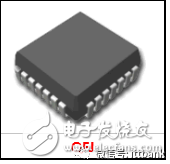
QFJ (Quad Flat J-Leaded Package)
QFJ is a surface-mount package with J-shaped leads on all four sides. It is used in microcomputers, gate displays, DRAM, and ASSP applications. The pin center distance is 1.27mm, with pin counts ranging from 18 to 84.
Package Process Details
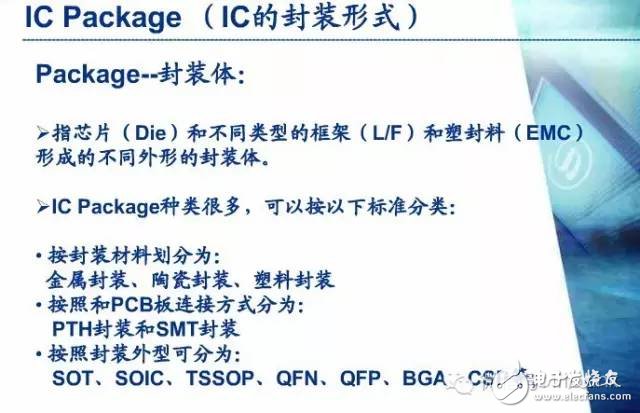
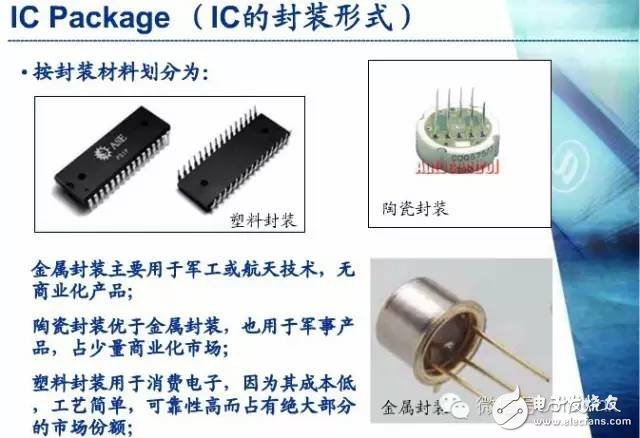


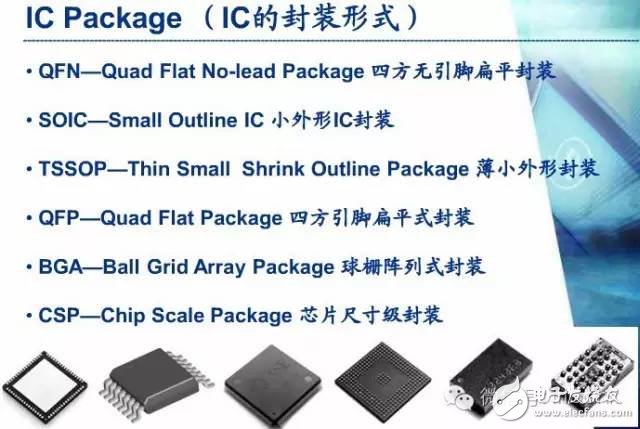
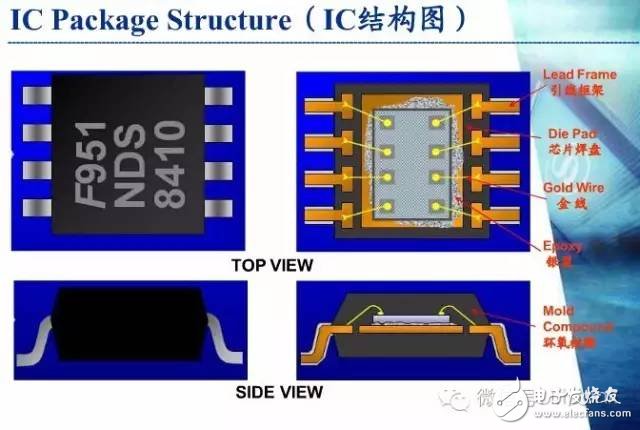
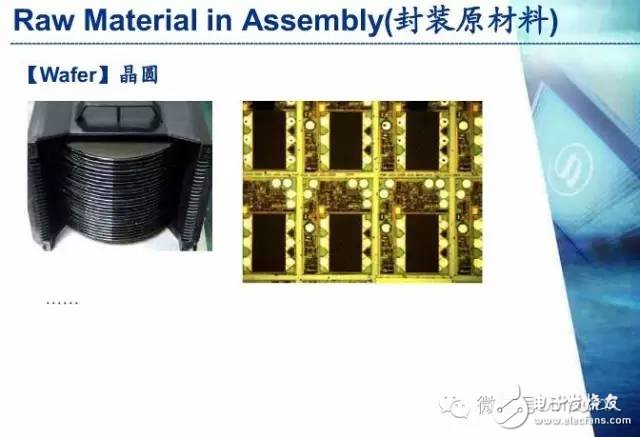
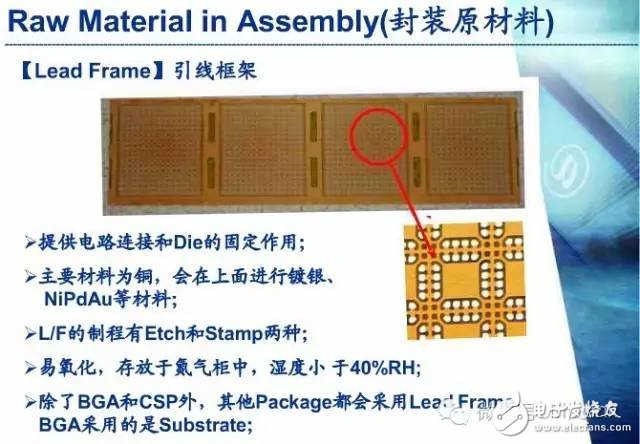
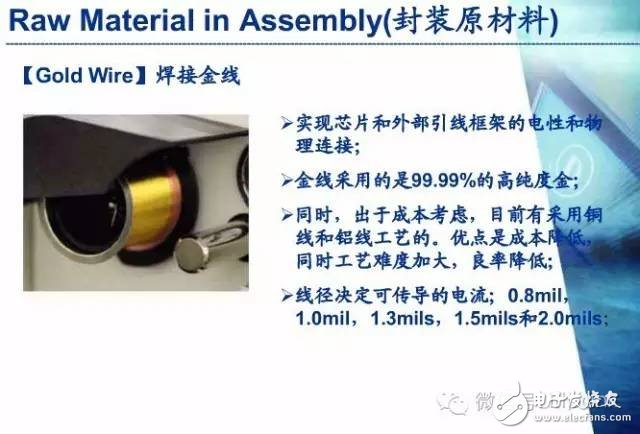
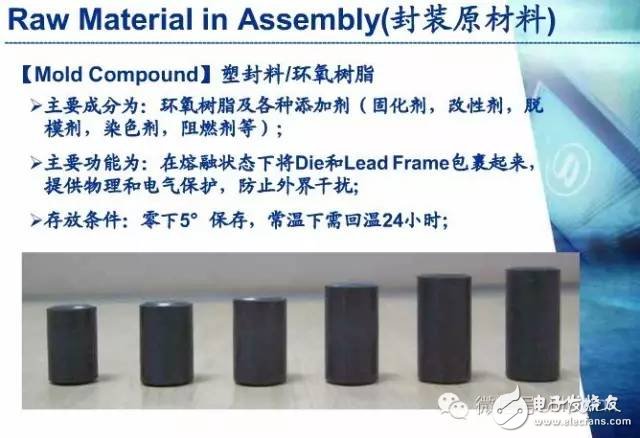
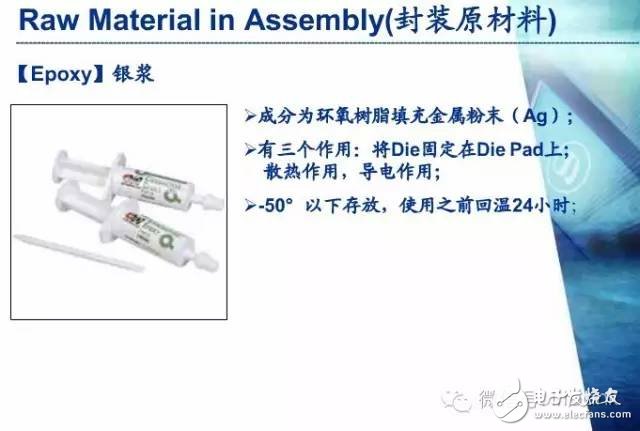

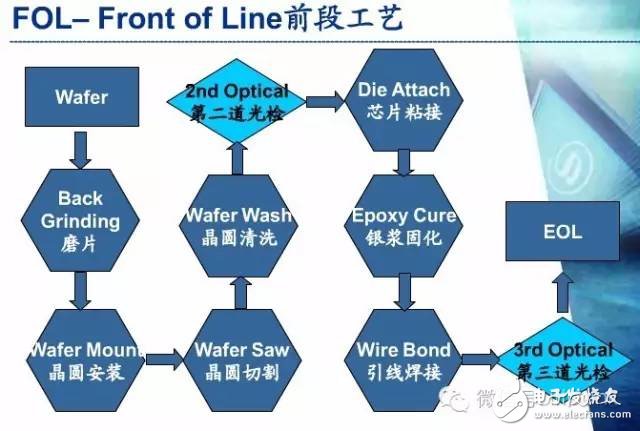
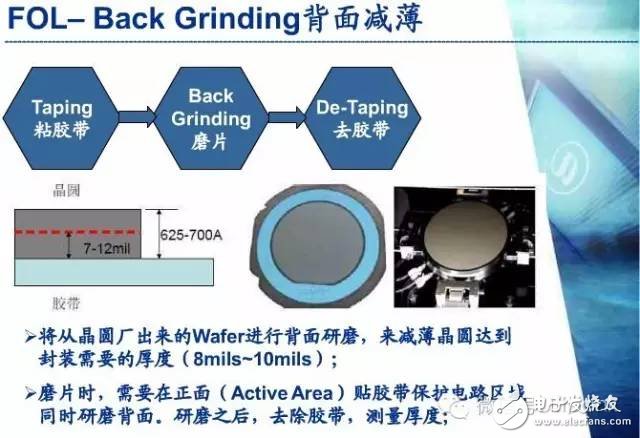
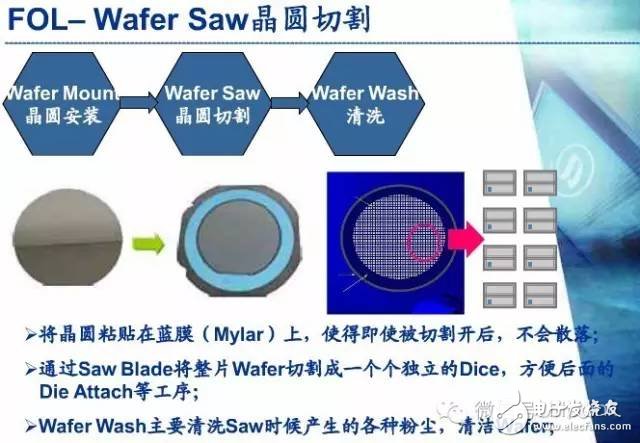
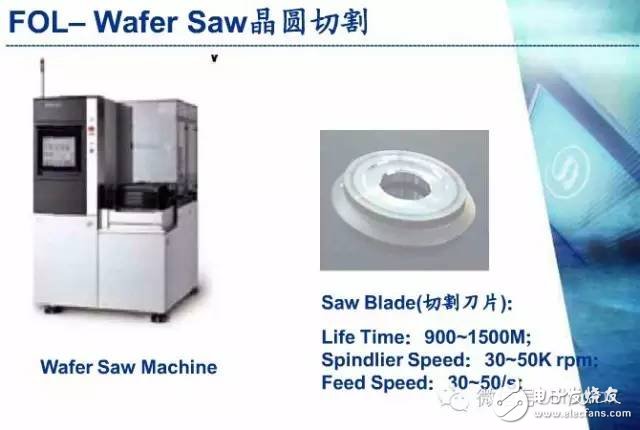

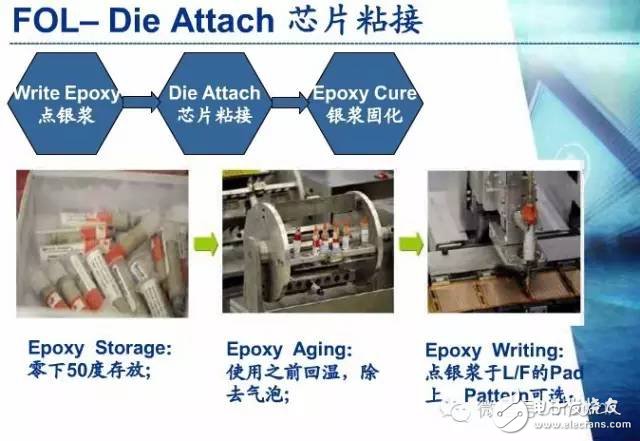
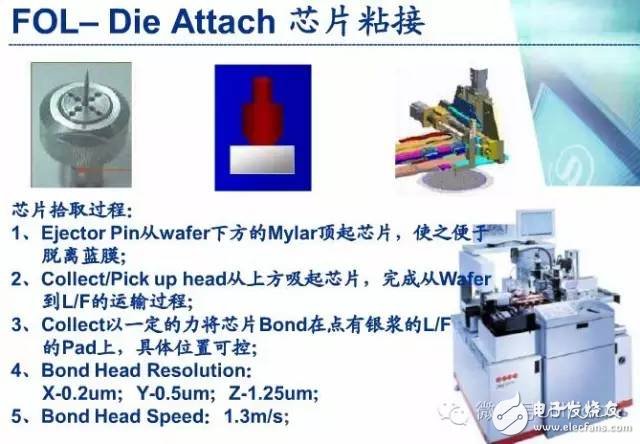
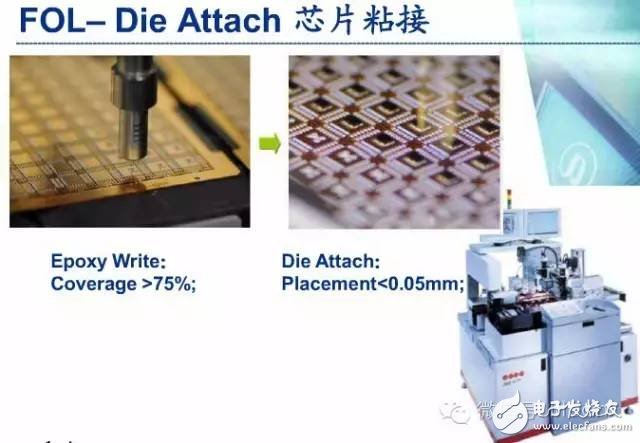
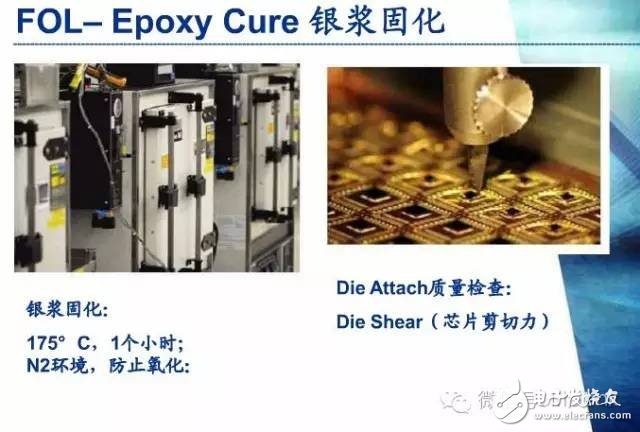
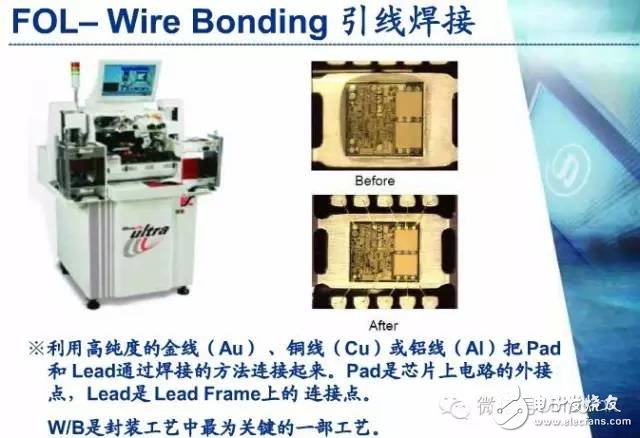

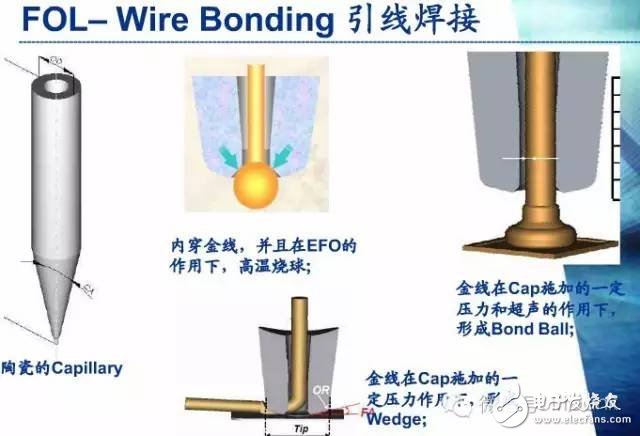
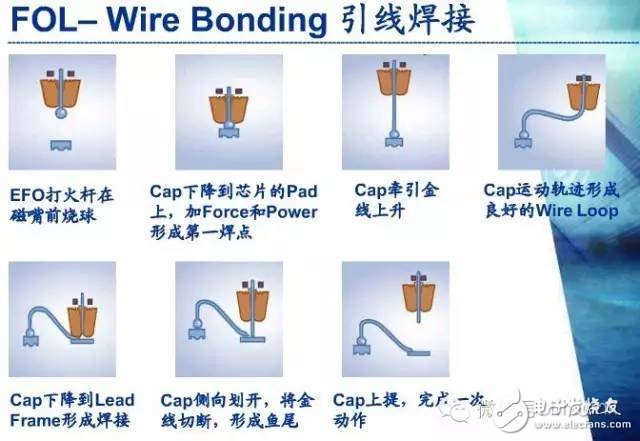
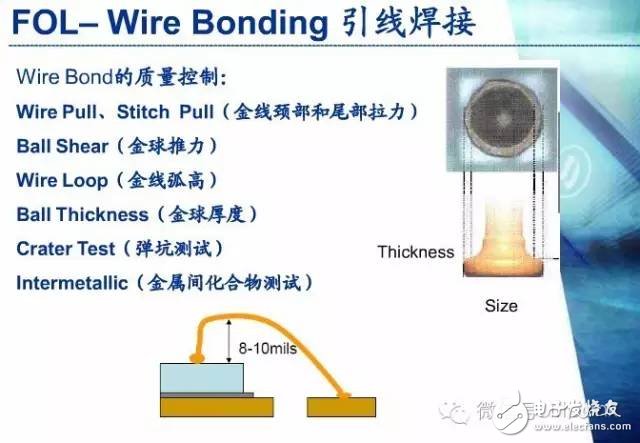
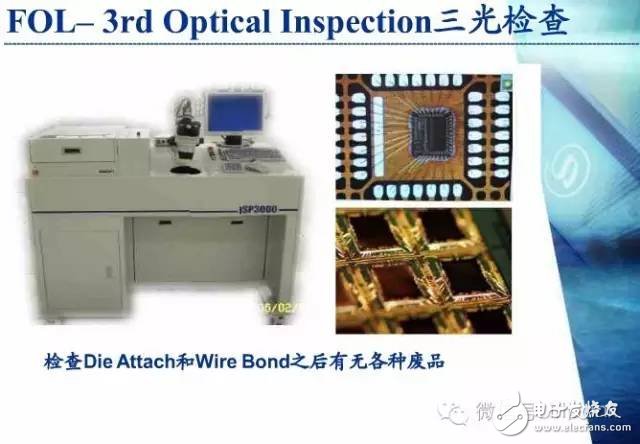
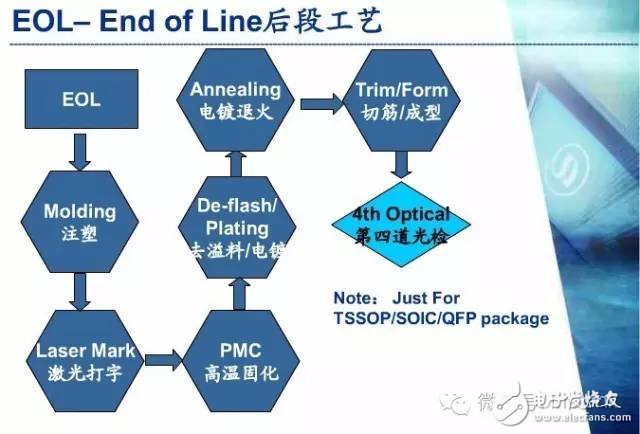
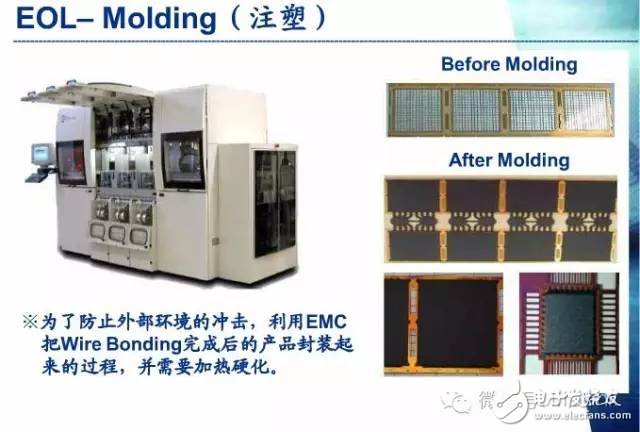
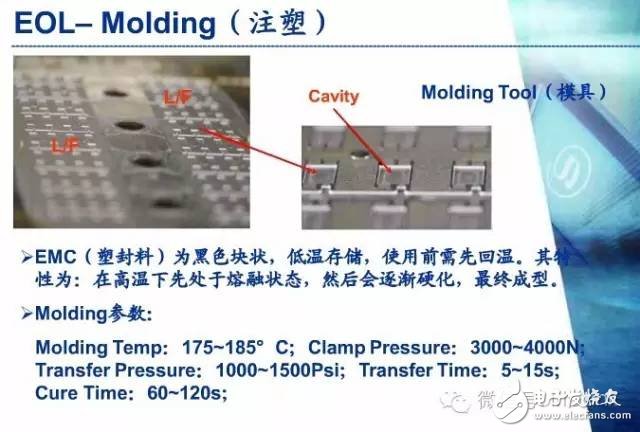
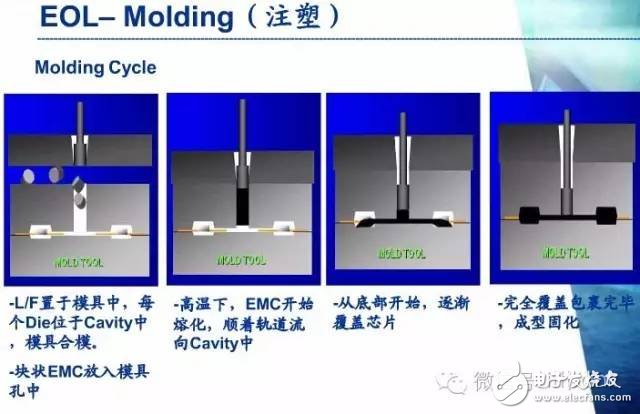
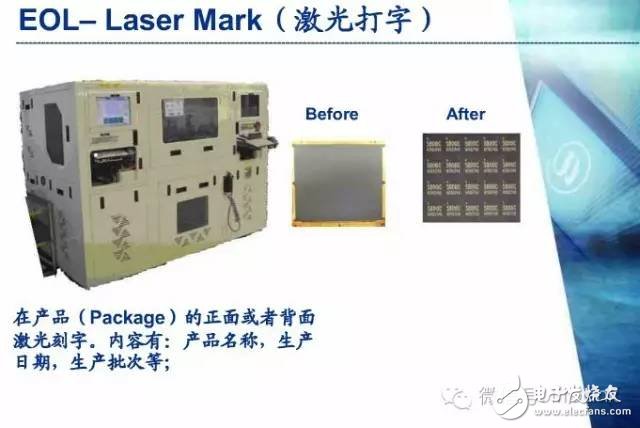
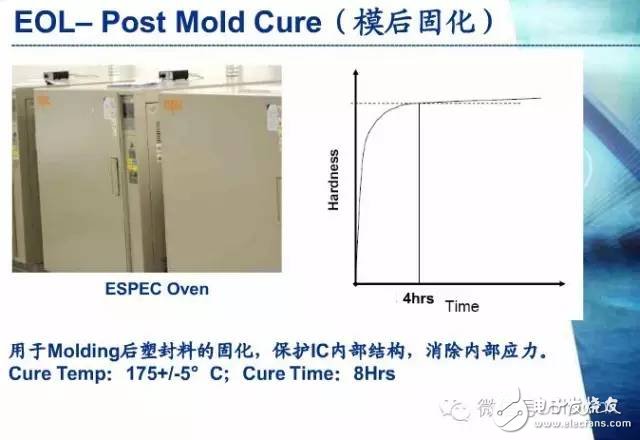
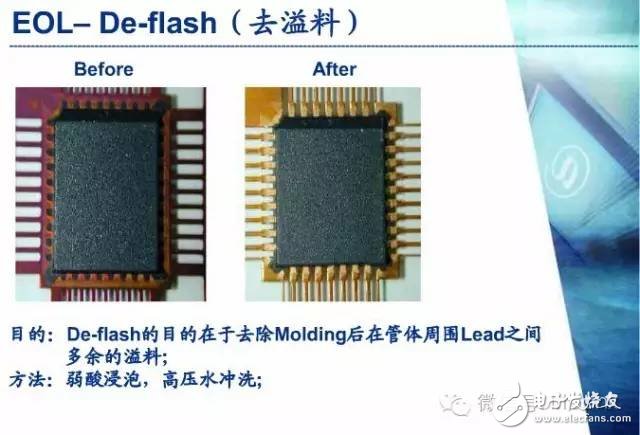
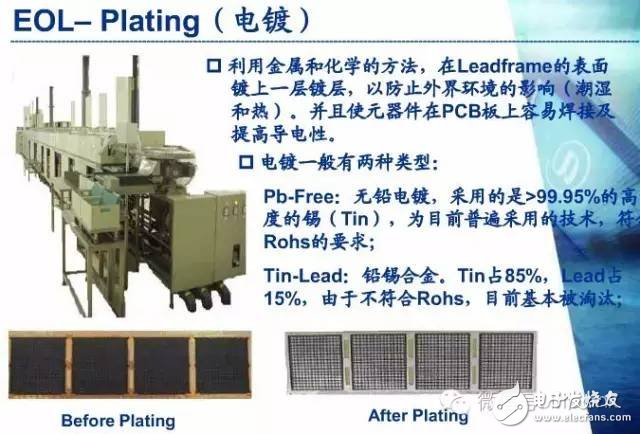
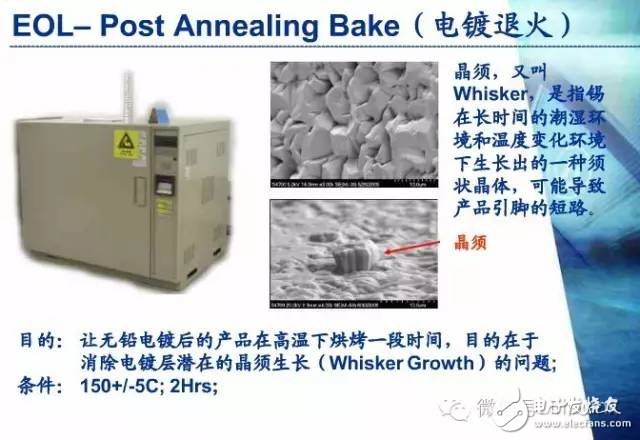
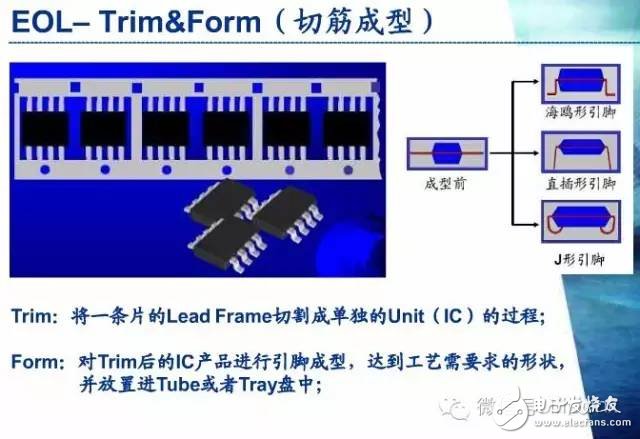
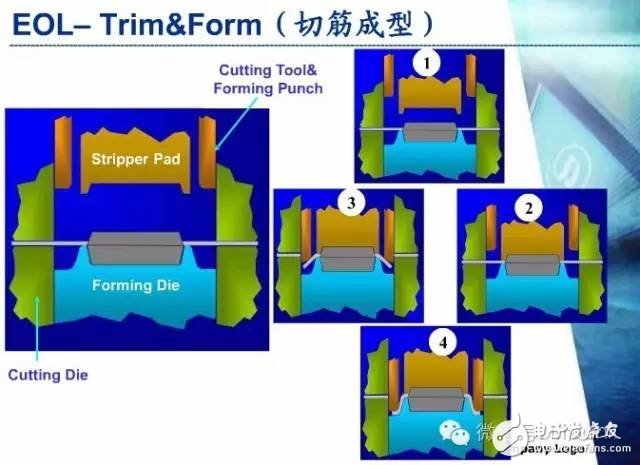
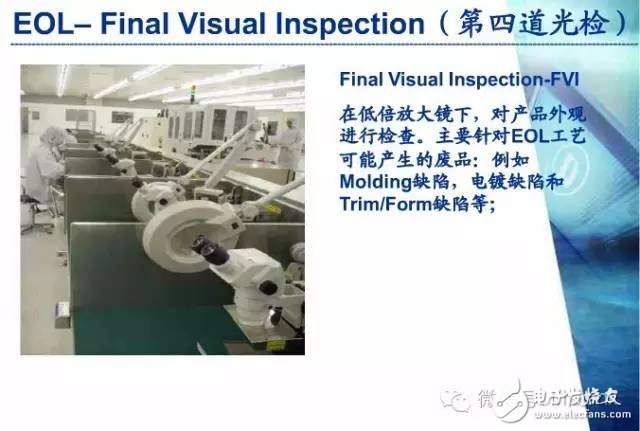

Compact style generators are portable and lightweight power generators that are designed to provide electricity in outdoor or remote locations. They are typically smaller in size and have a lower power output compared to larger generators, making them suitable for powering smaller appliances and devices.
Compact style generators are often used for camping, tailgating, outdoor events, and other activities where access to electricity may be limited. They are easy to transport and can be carried by hand or in a small vehicle. Some compact generators are even designed to be backpack portable, allowing users to take them on hiking or backpacking trips.
These generators are usually powered by gasoline, propane, or batteries. Gasoline-powered compact generators are the most common and offer a good balance between power output and fuel efficiency. Propane-powered generators are quieter and produce fewer emissions but may have a slightly lower power output. Battery-powered generators are the most environmentally friendly option but typically have a lower power output and limited runtime.
Compact style generators often feature multiple outlets, including standard AC outlets, USB ports, and DC outlets, allowing users to power a variety of devices simultaneously. Some models also come with additional features such as built-in inverters for clean and stable power output, low oil shutdown to protect the engine, and noise-reducing technology for quieter operation.
When choosing a compact style generator, it is important to consider the power requirements of the devices you plan to power, the runtime needed, and the noise level acceptable for your specific application. It is also recommended to follow the manufacturer's guidelines for safe operation and maintenance of the generator.
Portable Compact style Generators,Lightweight Compact style Generators,silent Compact Generators
Grandwatt Electric Corp. , https://www.grandwattelectric.com
